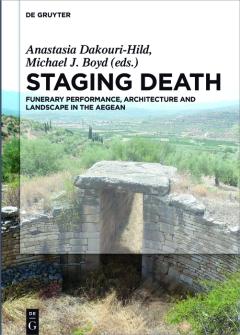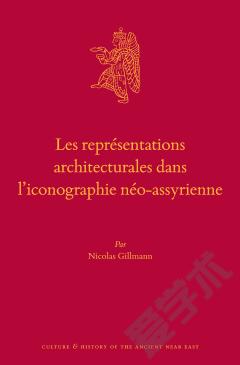Staging Death —— Funerary Performance, Architecture and Landscape in the Aegean
----- 死亡的不同阶段:爱琴海的殡葬习俗,建筑学和风景
Places are social, lived, ideational landscapes constructed by people as they inhabit their natural and built environment. An ‘archaeology of place’ attempts to move beyond the understanding of the landscape as inert background or static fossil of human behaviour. From a specifically mortuary perspective, this approach entails a focus on the inherently mutable, transient and performative qualities of 'deathscapes': how they are remembered, obliterated, forgotten, reworked, or revisited over time. Despite latent interest in this line of enquiry, few studies have explored the topic explicitly in Aegean archaeology. This book aims to identify ways in which to think about the deathscape as a cross between landscapes, tombs, bodies, and identities, supplementing and expanding upon well explored themes in the field (e.g. tombs as vehicles for the legitimization of power; funerary landscapes as arenas of social and political competition). The volume recasts a wealth of knowledge about Aegean mortuary cultures against a theoretical background, bringing the field up to date with recent developments in the archaeology of place.
{{comment.content}}








 京公网安备 11010802027623号
京公网安备 11010802027623号